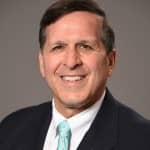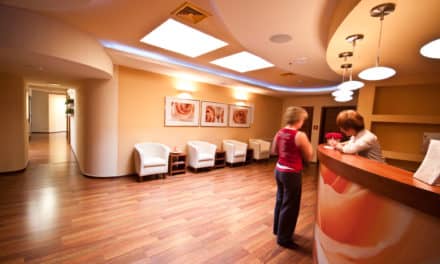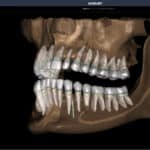Many orthodontic practices lose out on millions in potential revenue due to weak referral systems, inefficient operations, and undertrained teams—but these losses can be prevented.
By Roger P. Levin, DDS
After four decades of consulting in orthodontics, I’ve seen countless orthodontic practices miss out on reaching $2 million in annual revenue per doctor—not because it’s unattainable, but because money quietly slips through operational cracks. Orthodontics is a volume-based specialty with the capacity to generate high revenue, especially as longer intervals between visits—driven in part by the adoption of remote monitoring—create new opportunities for efficiency. With the right focus and systems in place, reaching the $2 million mark is not only possible, but well within reach for most practices.
Three reasons orthodontic practices do not reach $2 million per year (per doctor)
- Not have enough referrals. Without sufficient referrals, even a highly efficient and organized orthodontic practice will not hit the $2 million level.
- Inefficient or obsolete management and operational systems. Most orthodontic practices have some reasonable level of efficiency, but few are using the advanced management strategies necessary to reach the $2 million mark. Scheduling, for example, is the cornerstone of orthodontic practice efficiency. If the schedule is not built properly and followed, then the practice will inevitably have less revenue. Scheduling is also integral to customer service. The better the reputation, the more referrals. And in a practice with excellent management systems, using advanced techniques and mathematical models, the practice will have a better chance of reaching the $2 million annual revenue target.
- Team challenges. Orthodontic teams are critical to practice success. We are in an era where there is a shortage of candidates to hire, many of whom have less experience and less training than in the past. These challenges raise the level of importance that all practice systems be fully documented and include the training support materials needed for the team to excel.
Listen to the Podcast: Dr Roger Levin on Future-Proofing Your Practice in a Shifting Economy
Three ways to progress toward the $2 million annual revenue target
- The first step in reaching the annual revenue target is good referral marketing. Levin Group has identified the five focus areas for orthodontic referral marketing success. They are patients, parents, referring doctors, social media and the community. Every orthodontic practice is different and requires a different blend of these five focus areas. Some practices receive 60% or more of their patients directly from patient and community referrals. Others receive a large percentage of their patients from referring doctors. And so on. Each practice needs a detailed scientific referral marketing analysis in order to understand its individualized scenario and develop a customized referral marketing plan. In many cases, it is important to market in all five focus areas, but certainly not at the same level in each.
- The second opportunity to reach the $2 million annual revenue target is to use the orthodontic chairs properly. Orthodontists should study or understand how assembly lines and factories work. Sometimes referring to an orthodontic practice as a “factory model“ causes consternation, but in fact, this model has been proven to provide outstanding quality of care. Chairs should be looked at almost like machines in a factory, and the scheduling system should be built to maximize the opportunity of each chair.
- A WARNING: Many orthodontists believe they already have this factory style model in place and do not realize that they are underutilizing it to a large degree. A simple mathematical analysis of the schedule and the number of chairs will reveal the proper patient flow to support significantly higher producton and revenue.
- The speed of the staff is a key factor in reaching the $2 million orthodontic revenue target. Procedural time studies should be an annual event. Team members are measured to identify the amount of time they need for procedures. With longer intervals between patient appointments through the advent and initial adoption of remote monitoring along with maximizing the speed of the orthodontic team, the practice will be able to see more patients than ever before with less stress and less fatigue.
Almost any orthodontic practice has the potential to reach a $2 million annual revenue target. The farther the practice is from this level the longer it will take, but major progress can happen quickly when the way the practice operates and markets is overhauled. Even if the practice does not reach the $2 million annual revenue target as fast as it might like, it will have far higher revenue, income, and investment opportunity than ever before. OP
Photo: ID 24782834 © Cammeraydave | Dreamstime.com

Roger P. Levin, DDS, is the CEO and founder of Levin Group, a leading practice management consulting firm that has worked with over 30,000 practices to increase production. A recognized expert on orthodontic practice management and marketing, he has written 67 books and over 4,000 articles and regularly presents seminars in the U.S. and around the world. To contact Levin or to join the 40,000 dental professionals who receive his Practice Production Tip of the Day, visit levingroup.com or email [email protected].










